A visually appealing store is a crucial asset for any business aiming to provide a consistent quality of goods and services across its stores1. These stores featuring a distinct theme design commonly seen on their signage, wall arts, overall décor etc. not only reflects a cohesive brand imagery of the business but also create a lasting impression on the customers, strengthening their brand recall value. Given the fact that the customers would likely to identify and associate such unique appearance of store layouts with a particular brand, brand owners around the world are proactively seeking protection over their store layouts in order to prevent unauthorized imitation by third parties and to avoid confusion in the market.
The Apple’s flagship store layout2 is a good example which was granted registration in the year 2013 as a three-dimensional (3-D) mark by USPTO bearing the description as “‘the distinctive design and layout of a retail store’”. Following its success in the US, when Apple pursued to extend the said registration in other jurisdictions through Madrid Agreement, the German Trade Marks Office (DPMA) refused the mark stating that the same cannot be seen as an indication of their commercial origin. The matter went on appeal before German Federal Patent Court which was later referred to the Court of Justice of the European Union (“CJEU”). The CJEU in Apple Inc. v Deutsches Patent-und Markenamt3 ultimately ruled in favour of Apple and held that a design depiction of the retail store's layout, without the inclusion of size or proportion specifications, may be registered as a trademark, so long as it satisfies the requirement of being capable of distinguishing the services of the applicant from those offered by other entities.
One of the significant cases which established a strong foundation for store layout trademarks in the United States was the case of Two Pesos v Taco Cabana4 wherein the United States Supreme Court held that the Mexican-themed trade dress of the Taco Cabana chain of restaurants was entitled to trade dress protection under Section 43(a)(1) of the Lanham Act. The court observed the principles of acquired distinctiveness need not be proven when the trade dress is inherently distinctive.
Unlike in US, there is no clear statute that defines “trade dress” in India. However, in India the trade dress is covered under the definition of “mark” under Section 2(1)(m) Indian Trade Marks Act, 1999 which also includes shape of goods, packaging or combination of colours or any combination thereof. In the case of Colgate Palmolive Co. v. Anchor Health and Beauty Care5, the Delhi High Court acknowledged the trade dress of Plaintiff’s COLGATE tooth powder and observed that “Colour combination, get up, lay out and size of container is sort of trade dress which involves overall image of the product's features. There is a wide protection against imitation or deceptive similarities of trade dress as trade dress is the soul for identification of the goods as to its source and origin and as such is liable to cause confusion in the minds of unwary customers particularly those who have been using the product over a long period”.
Lately, the Indian Trade Marks Office has observed a surge in the applications for store/service layout marks. While a number of these application have been initially refused on the grounds of non-distinctiveness, some have subsequently overcome by submitting detailed description of the trade mark, international precedents and evidence of wide use as seen in the following cases:
In the case of trademark application for MARY COHR Store Layout in class 44-, Office allowed the said application (App no. 4073262) for registration without even raising a single objection.
Despite Indian Trademarks Office favorable stance towards registration of store/service layout marks, the Indian courts seems to hold a differing view when such marks become a matter of dispute and enforcement. In a recent case of Subway IP LLC vs Infinity Foods LLP & Ors.6, Subway IP LLC filed an application of interim injunction at Delhi High Court wherein the Plaintiff alleged the defendant (Infinity Foods LLP) of using deceptively similar trademarks and similar trade dress such as signage, outlet décor, menu cards, paper napkins and staff uniforms, photographs, wall art, placement of the service counters and website content. The tussle between the two eateries started when the Defendant who was one of the holders of non-exclusive licenses to operate Plaintiff’s franchise started their own submarine sandwich outlet. During the course of proceedings, the defendant changed its colour scheme used in store layout and signage along with its website content. However, in its judgment the Court opined that a grant of an injunction cannot be made solely on the basis of the similarity of the décor, layout or appearance of two different restaurants. The Court further opined that Indian law does not recognize any claim of exclusivity with respect to the décor, layout of premises, menu cards or staff uniforms.
In another similar case between eateries, Merwans Confectioners Pvt Ltd v. M/s Sugar Street & Ors7, the Bombay High Court rejected the Plaintiff’s claim over violation of its trade dress by the Defendant which includes the store décor, layout, colour coding, tiling, and design and held that a product feature whose only impact is decorative and aesthetic with no source identifying role cannot be granted exclusive rights under trade dress law. In respect to trade dress violation, it observed “It is the likelihood of confusion with the total overall trade dress that is the test. The court is not required to find out whether there is confusion or deceptiveness. The test is whether there is likelihood of confusion or deceptiveness in the minds of unwary customers irrespective of dissimilarities in the trade name.”
Conclusion
The inadequate protection for store layouts and other unconventional trademarks is still a biggest threat for brand owners since infringers leaves no stone unturned in replicating the brands which in the long run leads to market confusion and loss of brand identity. In this day and age of interconnected world, the existing trademark law must cope-up with evolving developments and international norms of intellectual property if India wish to position itself as a competitive player in the global market. Given the rigid stance taken by the Indian Courts, in providing relief on basis similarity in store layouts in passing off actions, it is suggested to apply for registration for store layouts or other distinctive elements in trade dress as a trademark under the Indian Trade Marks Act,1999.
Author
Farhaan Rizvi is an associate at Rahul Chaudhry & Partners and predominantly handles trademark prosecutions matters in the firm. With an experience of over 3 years in trademark prosecution, Farhan has represented and advised several global Fortune 500 companies, artists and rising startups.
1 Aesthetics in a retail store, May 10, 2011; Sree Rama Rao - https://www.citeman.com/16082-aesthetics-in-a-retail-store.html
2 USPTO Trademark Application No. 85036990, registered on Jan. 22, 2013
3 Apple Inc. v Deutsches Patent- und Markenamt, C-421/13.
4 Two Pesos, Inc. v Taco Cabana, Inc., 505 U.S. 763.
5 Colgate Palmolive & Co v Anchor Health and Beauty Care Pvt Ltd, 2003 (27) PTC 478 (Del) (India)
6 Subway IP LLC vs Infinity Food & Ors., 2023/DHC/000269 (India)
7 Merwans Confectioners Pvt. Ltd. v Sugar Street and 2 others [CS (L) No. 1100/2019] (India)



